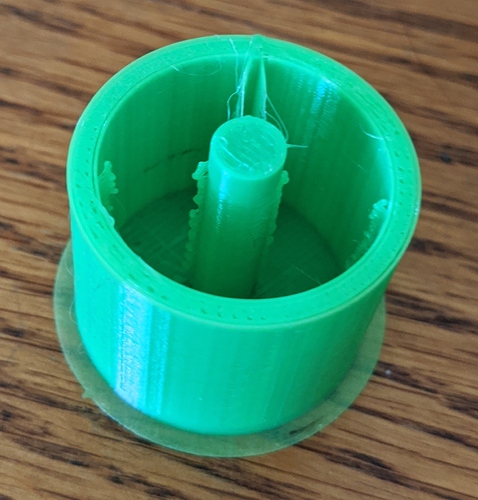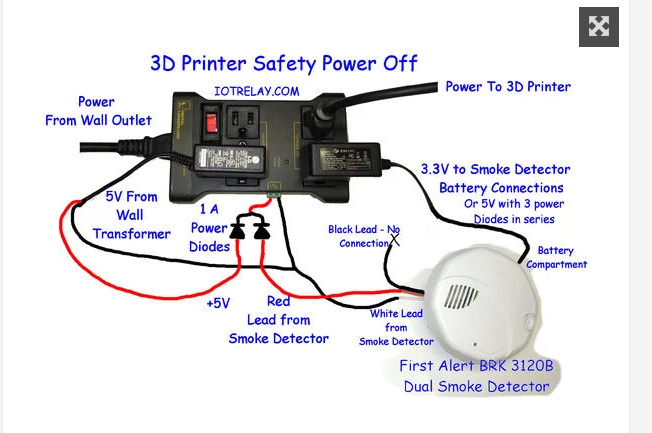Nice! So as requested the material I used for a flexible print is called NinjaFlex.
You can see by the strings and gaps that I have not perfected the settings for flex printing.
I print on an Ender3 Pro with heated bed.
bed heated to 55, hot end temp 225.
I use Ultimaker Cura 4.4 to slice. I was having an onion skin like issue where all the walls were not bonded to each other. I solved that by lowering the wall thickness setting in Cura to .5mm and bumped infill up to 60% way more than I normally use for PLA. This then showed up in the preview on Cura with an inner and outer cylinder wall with infill, and turned out much better.
Next steps try a cooler bed temp and work on the stringing and layer change bumps.
I really think it has great potential for custom gaskets and flex parts for outdoor projects, though I haven’t tested a printed part outside in the Escondido sun, which seems to eat tarps and other plastics so much faster than other places where I have lived.
I think there are some potential applications for face mask parts where you’d want a flex fit touching the skin, and I printed a little watch band strap holder for husband’s garmin when his broke, seems to be working. It’s handy material.
Also as a work flow once I get a set of slicer settings that work for my printer I save them in a project file that includes the name of the material and printer I was using.
Does anyone know how to do a dump of the settings out of Cura so as to share?
Susan


